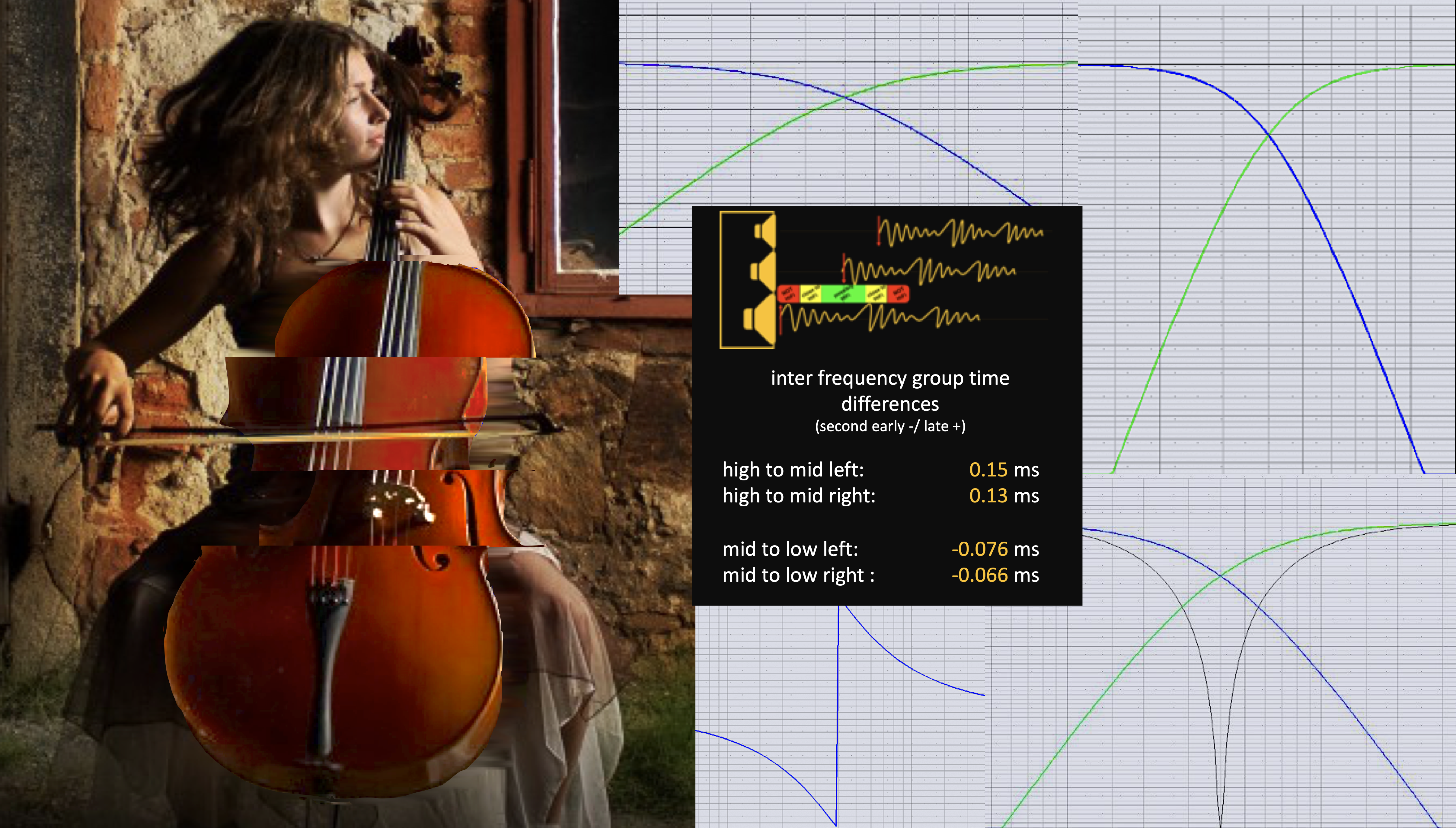
Search for headphones which help me learning to identify specifics of time and phase coherent sound
Why my search for headphones?
At TestHiFi, we put ourselves onto a challenge, to drastically simplify audio measurements. That should enable any mobile phone users for reasonable audio measurements. It should be so simple, that the measurements can be done independent of the user’s knowledge, but delivering quality judgements.
We have an upcoming new measurement that will measure at listening position. The measurement will include a time and phase measurement.
Many audio professionals and audiophiles swear on the importance of time and phase coherence in sound reproduction. While there is about no system, especially compared to the sheer mass of systems out there, that could provide time and phase coherent sound.
My own philosophy is, everything is important that creates a difference which I can personally experience. That basically means, personally for me, if I cannot hear the difference, I do not believe in its importance. On the other side, if I can hear the difference, there must be a way to measure it.
I can hear the difference that phase and time coherence can cause.
Honestly, my listening test experience started with the big cable fight. Do cable have an impact or not on the sound we hear. As we could read in David’s last blog, impedance is very important. That understood, also cables are important. However, would I hear the difference? I am a very interested, constantly learning person, but, by no means I would say, that I am a listening professional.
At one of our Vienna Audio Lab (VAL) sessions, we set up for a cable listening test. Me as the biggest critic on it has to say, yes, I absolutely can hear the difference cable can cause.
As with all things in life; you would not put race tires on a smart. The difference cable creates make sense to be experienced on high end systems.
How about time and phase – can I hear the difference? Again, we set up for many listening sessions at our VAL meetings. At those sessions we analyze changes that have been made to the system. Since we know the system and the changes made, we can address the outcome sound effects to the changes made to the system. I can say that I experience, i.e. can hear the changes to time and phase coherence.
I would like to be able to exactly hear and explain the impact of variance in time and phase coherence.
After several occurrences of realizations of the time and phase impact to music, I was wandering how to train myself to better and quicker realize and explain such impacts.
Wouldn’t a headphone provide a time and phase coherent sound that could be used as a benchmark when listening to big stereo systems?
I do understand the impact of the whole audio signal chain including the headphone, the amp, the DAC, the source, the mastering, the mixing and the recording. Assumed there is a good recording played with a well-designed DAC and a good pair of IEMs it should be possible to use this for listening training.
For this I started to look after good IEM’s. Ah, why IEM’s and not just on or over ears? I am traveling a lot, for professional reasons (used to and will most probably again), therefore I wanted to combine usage. So, I am looking for IEM’s and a mobile DAC/Amp.
Do IEM’s deliver time and phase coherent sound?
One thing I experienced on the impact of time and phase to the sound I listened to is the wideness of the sound stage and the spaciousness of the sound. These are usually also criteria in IEM tests. As such, if IEM’s are not good on those criteria, they might also not be very good on time and phase coherence. The other way around, if they are good on time and phase coherence and not good on wideness of the soundstage and spaciousness of sound, they would probably not perform good as my training instruments.
Which selection criteria would be of relevance for my new IEM’s?
There are a huge number of differences between IEM’s that are available on the market. Some of those differences address requirements which might be quite important for the time and phase coherent sound reproduction.
Most important is the number of drivers in the IEM
Input into a more way system uses crossovers to prioritize frequencies for each respective driver. For this, there is no difference between a three-way floor standing speaker or a three-way IEM. As we have discussed in many of the blogs before, some of the cross overs more others less, but all influence negatively time and phase coherence. To ensure time and phase coherence, it seems to be easiest to focus on single driver IEM’s.
What IEM’s perform best along my requirements?
My current assumption is to select a single dynamic driver with good ratings on spaciousness sound and wide sound stage that does not have different transmission lines built in. I still think it would be good to combine such with a very well-designed DAC/Amp while I hope to find a mobile one with a single ended amp design.
If you have some suggestions, I am happy to receive those.
We try to develop the measurements for TestHiFi further and are currently thinking about the third measurement development. The algorithm for the second measurement, the measurement at listening position, is ready and being implemented into the next version of the app. Your suggestions might help us to identify good new ideas for the new measurements to come.